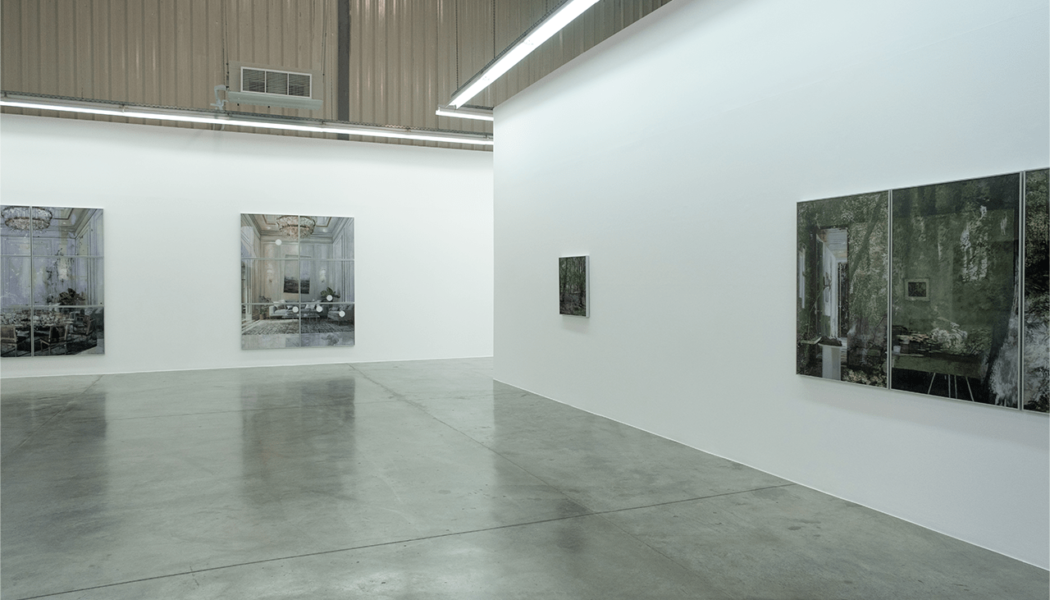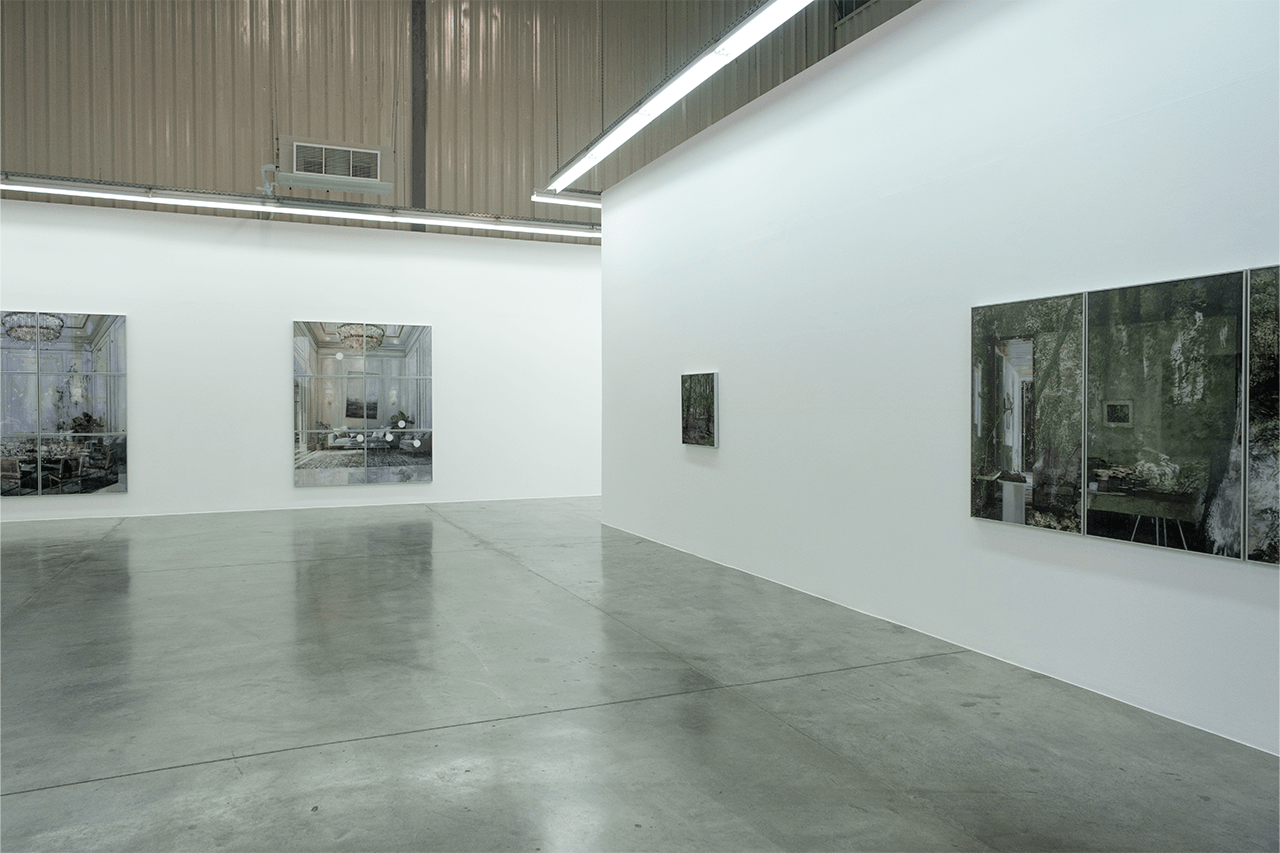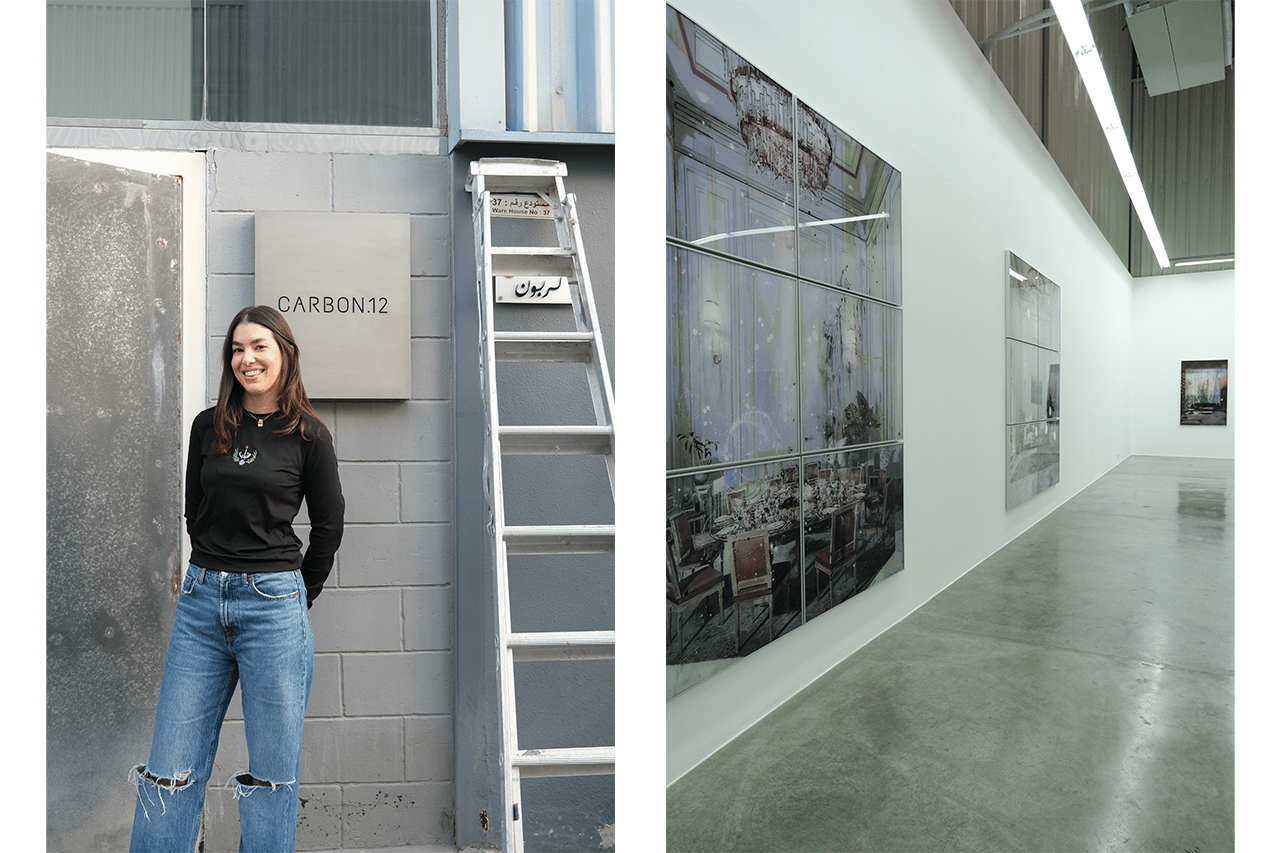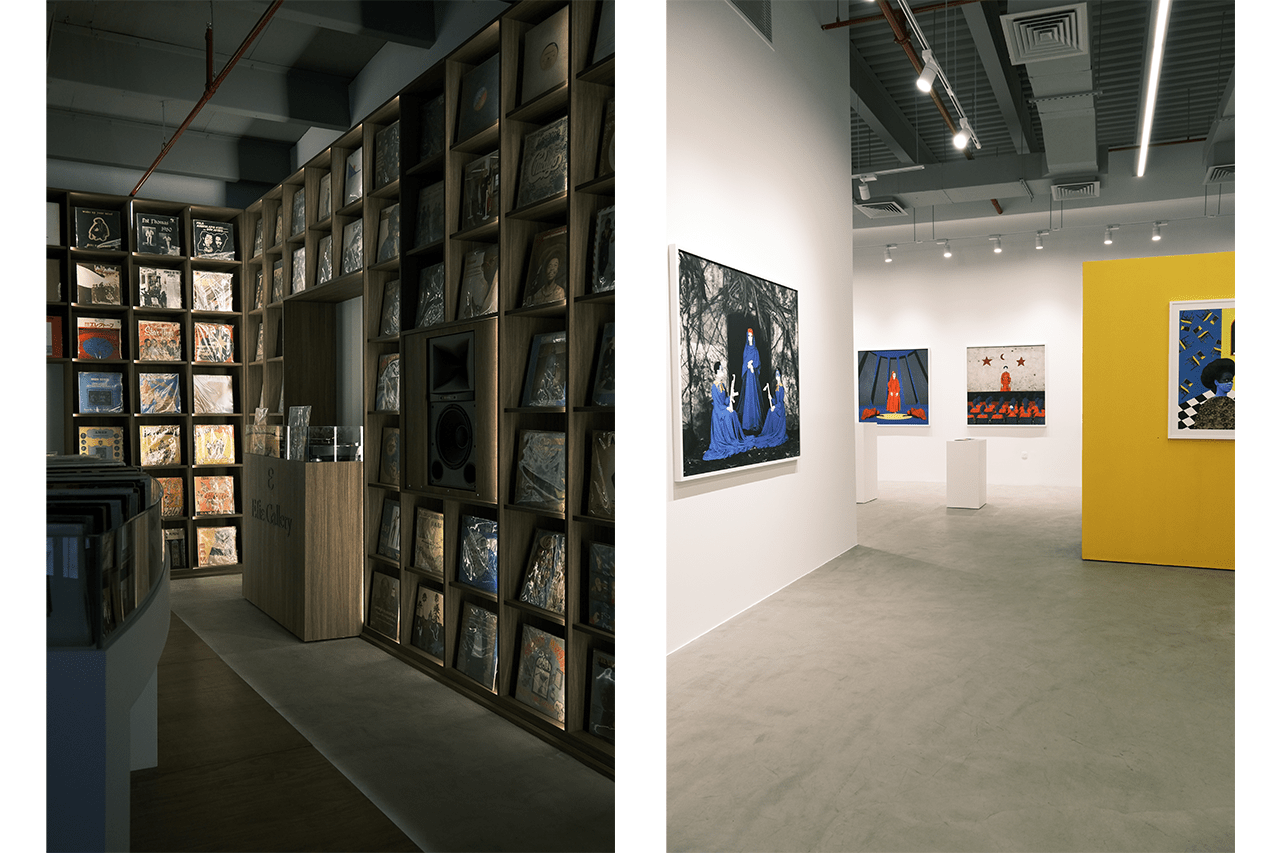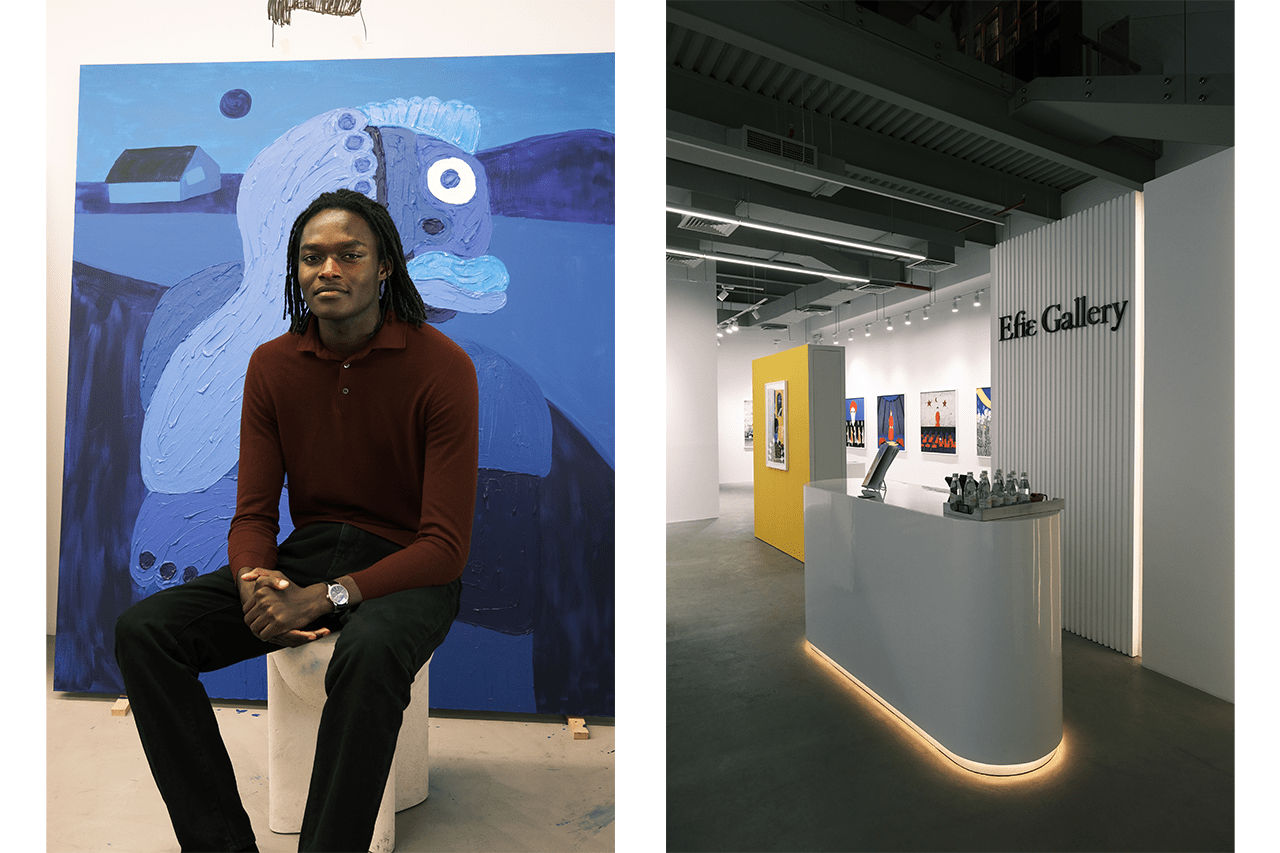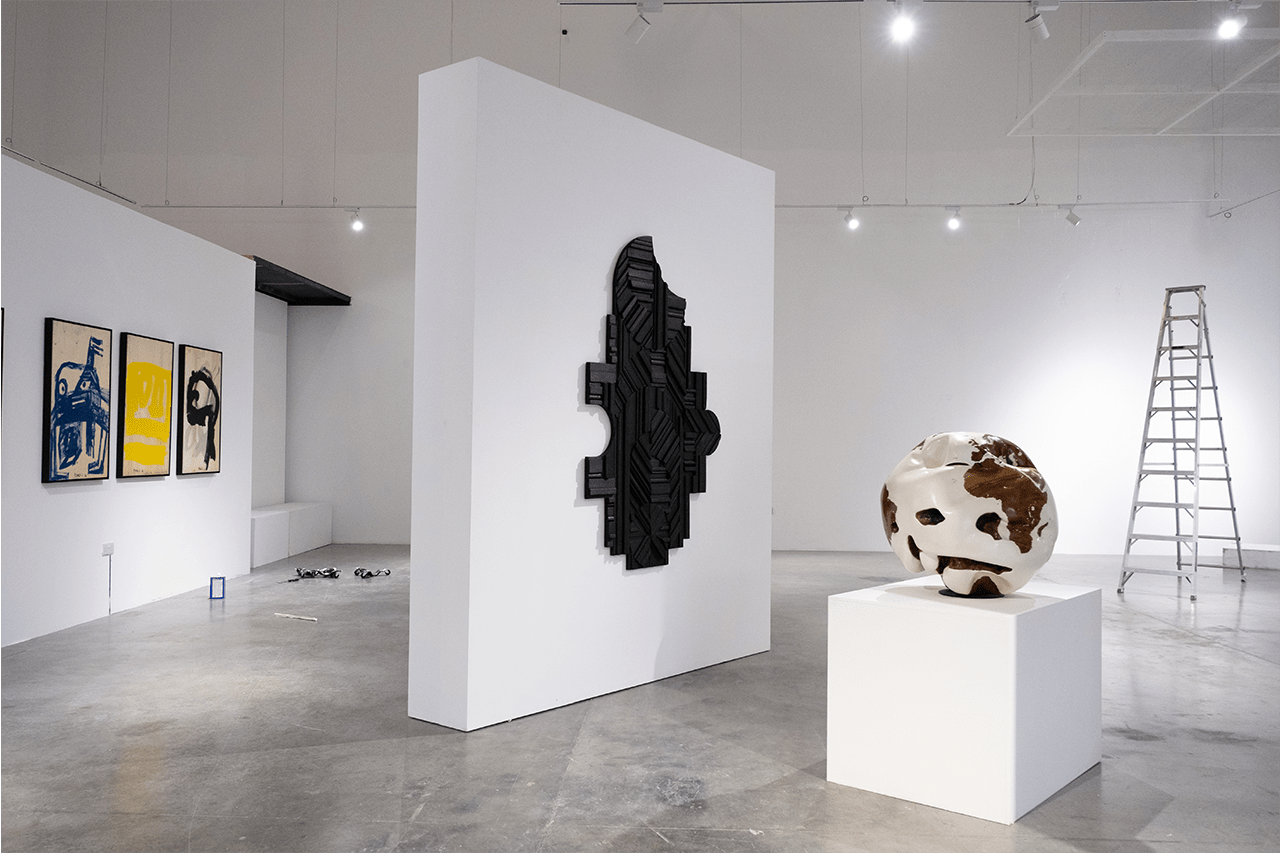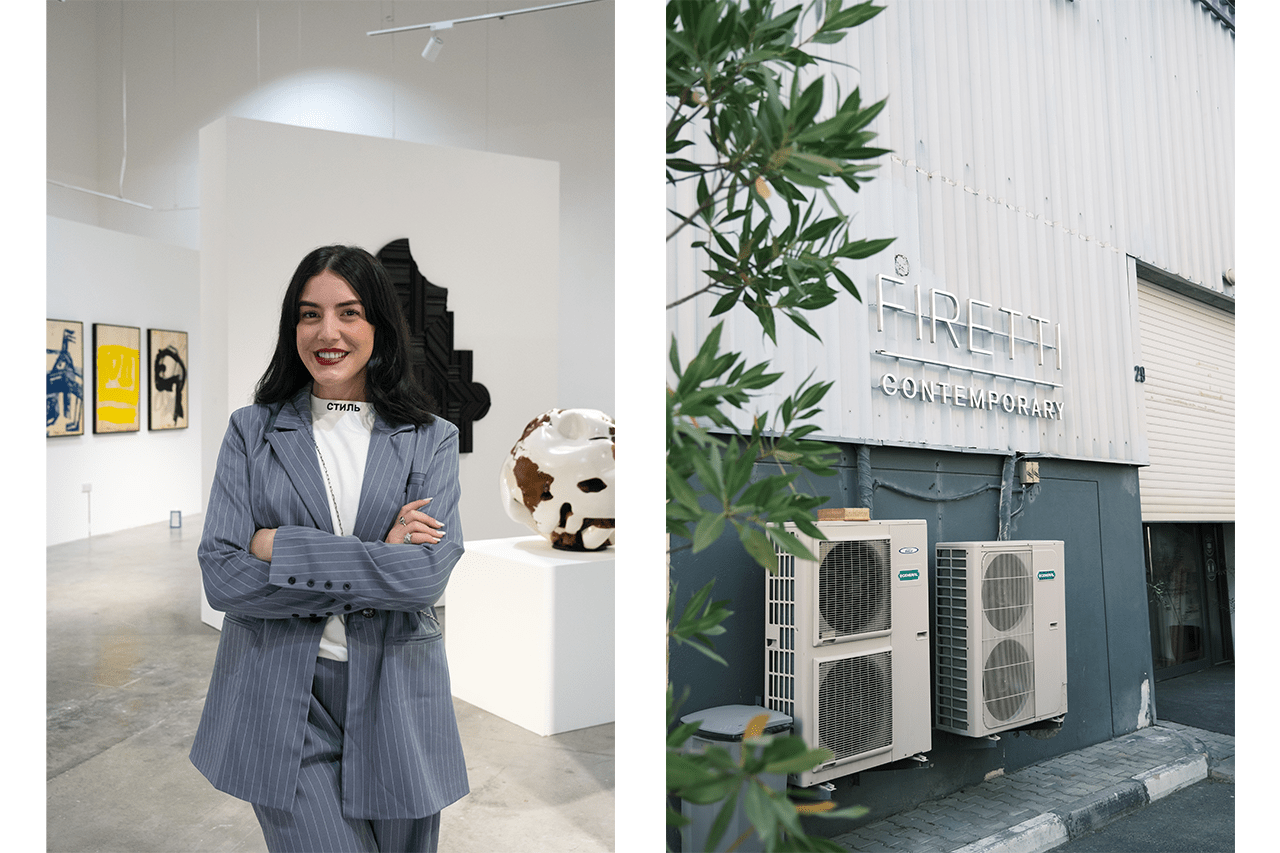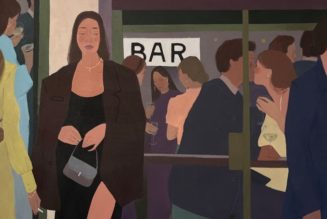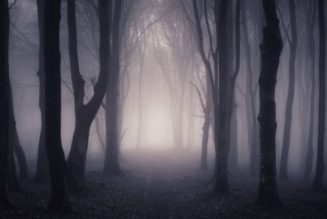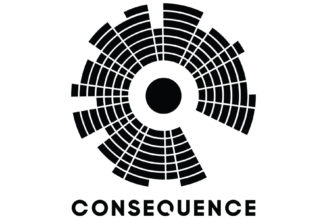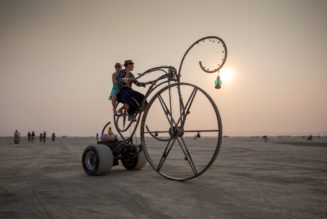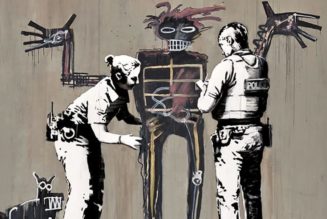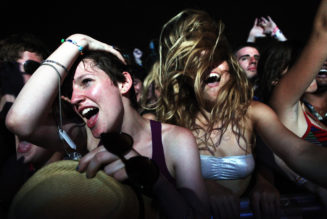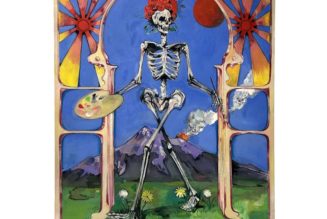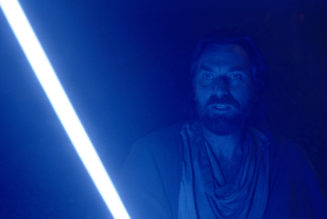Dubai-based, multidisciplinary artist Janna Soueidan visited three art galleries within the city and met up with the curators to get a deeper understanding of its art world.
“The feeling I get when walking into an art gallery is a form of escapism. To me, galleries provide a respite from the noise and chaos of my everyday life, offering me a space of contemplation and introspection,” Soueidan explains. “The second I walk into one, I suddenly feel a sense of inspiration, wonder and joy that I can’t compare to any other experience. It can sometimes be emotional, discovering new artists or pieces that resonate with me on a personal level.”
It’s the feelings evoked and conversations that they create within the spaces that display the emotions, history and storytelling of the artist themselves which hold a place close to her heart. “As an artist myself, I’ve always dreamt of having my work displayed in art galleries and I’ve always wondered about the curatorial process and the role that curators play in creating such a beautiful space,” she says.
Nadine Knotzer – Carbon12 Gallery
Carbon12 is a contemporary art gallery that was founded in 2008 by Kourosh Nouri and Nadine Knotzer, which marked the beginning of an extensive, international program of artists. Located in Al Serkal Avenue in Dubai, Carbon12 continuously introduces and promotes both well-known and up-and-coming artists to the UAE contemporary art scene. The gallery also engages the public and educational institutions through a variety of contextual activities, such as publications and talks.
How do you go about the artist selection?
Soueidan: What factors do you take into account while curating art pieces for an exhibit?
Knotzer: We do a lot of solo exhibitions and it is important to concentrate on showing a new body of work as their continuous work that will show how they have and continue to evolve. The art I choose is usually cohesive, but it does not mean they have to be similar. This is where placement comes in and I think deciding where each piece goes has a big impact on the overall success of the exhibition, as it can transform the experience.
How do you balance showcasing art and artists of different levels and backgrounds?
Carbon12 was the first gallery in the region to show an international program. It’s really important for us to exhibit artists from different cultural backgrounds and build a platform where an artist from the west can coexist with an artist from the Middle East. With this similar mindset, we also like to display emerging artists alongside established ones. We don’t focus on one region or one style to represent and we like to educate people on all the different types of art there is in the world and demonstrate how they hold universal meaning.
What strategies do you use to make sure the gallery is engaging and accessible to all audiences?
We have educated a lot of people on contemporary art and a lot of these people also fist started collecting their first pieces from our gallery. We’ve hosted a lot of events, talks and artist collector tours that allow people to take the time to come and meet the artists we represent, along with educating themselves on the art that we display. We’ve played a really big role in teaching people about the art world and the beauty of it and making them feel welcome to come in and ask questions“Our gallery has built a lot of bridges between the artists and the art that we show and I think it’s really beautiful to highlight how people can connect through our galleries.”
Kwame Mintah – Efie Gallery
Founded by Ghanaian family, Valentina, Kwame and Kobi Mintah, Efie Gallery is a contemporary art gallery located in Al Khayat Art Avenue in Dubai. This gallery specializes in representation and promotion of African artists who are based in the continent as well as its global diaspora. Since its founding in 2021 and its permanent space opening in 2022, the gallery is recognized as a global platform for some of the most significant African artists. In order to celebrate the fusion of music and art, the space also has the gallery founders’ eclectic collection of rare records located on the top floor.
Soueidan: What is your approach to curating art?
Mintah: I find myself showing people around the exhibitions in somewhat of a repetitive way, yet, I always receive different responses. Some people cry, some laugh, some get goosebumps and there are others who don’t feel connected with it at all. The artwork doesn’t change and my delivery doesn’t change, but the meaning varies for everyone. That’s what I mean when I say that it is meaningless from one individual to the next.“I always say art is like life, it’s meaningless in a sense.”
What do you take into account more when curating pieces? Is it your preference or the public’s?
In the contemporary African art market, you know what sells and what sells currently is black portraiture. So, it would’ve been very easy to just open a gallery and focus on that. I personally don’t think that’s sustainable and if you keep your focus on only one thing that you know will be the selling point, then your gallery becomes tasteless after time. Our goal as a gallery is just to ensure the visibility of other artworks and so they see a diversity of content, art and their taste. This allows people to discover something they were unaware they would enjoy. I try to take an objective approach to curate art. We also tend to look for artists who are making a lot of noise and have an impact on the art scene, even if they’re not as well-known or established.
What is it like/are there any benefits to having an art gallery in Dubai?
I like Dubai and the Middle East because it’s such a brownfield in terms of the contemporary African art space or the contemporary art space as a whole. You have room to construct narratives around what African art is, as opposed to in the west, where if you have an African program, you have to focus on deconstructing previous narratives before you even have the opportunity to construct. When a child goes up naturally, what they think about is Picasso or Van Gogh. We want an African artist to be in that mindset.
What is your favorite thing about curating art?
What I like about the job is mostly the conversation. You meet everyone from all walks of life. The really rich, rich, poor, and poor and everyone is engaged. The most rewarding feeling about the job is when my family is happy with the exhibitions we curate, they’re really the only people whose opinions matter when it comes to our gallery because we all run it together.
Celine Azem – Firetti Contemporary
Founded by mother and daughter, Mara Firetti and Celine Azem, Firetti Contemporary brings a multidisciplinary art exhibition with a strong identity to an international platform by representing both emerging and established artists from all over the world. The gallery embraces the role that art can play in addressing sustainability and social issues, and aims to become a vehicle for social change, through the influence of art.
My focus is on emerging artists from the region and those that are from / based in the UAE. Conceptual clarity is another key component, the exhibition should have a clear curatorial concept or theme that ties the works together and provides a framework for understanding them. The exhibition should also offer opportunities for audience engagement, such as artist talks, educational programs, or interactive installations. The curator and artist relationship is extremely important, the curator must learn the artist process and delve deep into their concept, spend time with them, visit their studio and work side by side.
How do you balance showcasing new artists alongside established artists?
By featuring both established and emerging artists, I aim to provide a platform for up-and-coming talent to gain exposure, while also demonstrating the gallery’s commitment to showcasing established and recognized artists. This approach not only adds credibility to the exhibitions but also creates an exciting dynamic for the audience. With this, I aim to achieve a diverse and well-rounded representation of the contemporary art world.
How do you make your gallery a inviting and inclusive?
I start off by curating exhibitions that explore topics that are relevant, engaging and thought-provoking. I also like to create an inclusive environment by using curatorial texts that are easy to understand and don’t overwhelm the audience and organize complementary events and activations around each show to enhance the overall experience. Lastly, I ensure that the exhibitions are curated in a way that is not intimidating so that visitors can feel comfortable exploring and interacting with the art.
What part of curation do you enjoy the most?
The most rewarding aspect of my job is seeing the artists I work with and represent succeed and get the recognition they deserve, particularly when I work with emerging artists. A great example of this is the show I curated with Syrian-Palestinian artist Sawsan Al Bahar. Through this show, she was highlighted as one of the top 10 contemporary Arab artists. We also took her to an art fair in Italy where she received a prize and will be having a bi-personal exhibition in a museum in Italy. It was a truly rewarding experience for the artist, myself and the gallery. Getting to know the artist and watching them in their process whether it’s through a video call or in person is beautiful.
For more in art, Yu Nagaba and Asterisk reconnect for ‘星仔/Sing Jai’ figure.
